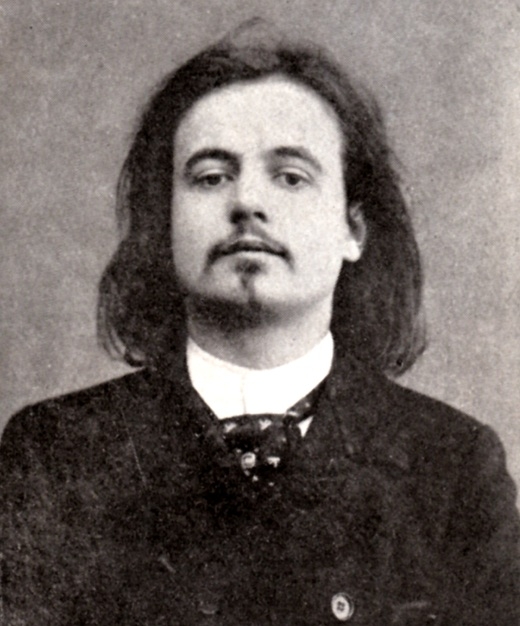Dramaturgical Resources
2012
Ubu Roi
By Alfred Jarry
Over the course of the season, our assistant directors and student dramaturgs will be compiling dramaturgical resources relating to each production as it develops. Below are some links to websites which relate to the history of the play, the biography of the playwright, and sites that contextualize and, we hope, shed light on the directorial approach to the dramatic material.
We hope you find these resources of interest.

Alfred Jarry (8 September 1873 – 1 November 1907)
Alfred Jarry
Alfred Jarry was born in Laval, France. Considered the father of the theatre of the absurd, he began writing at the age of 15. His first stories were comedic satires of his physics teacher, Monsieur Hebert.
As childish as those early stories may have been, they eventually formed the basis for his Ubu-series including three plays: Ubu Roi in 1896, Ubu Cocu in 1898, Ubu Enchaine, in 1899. His leading character, Ubu, was based on Hebert and came to represent every disgusting part of human nature including: gluttony, greed, cowardice, stupidity, vanity and cruelty.
In its final form, Ubu Roi reflects the influence of Shakespeare and Marionette Theater, but tells its story in language, sets and events intended to shock the audience of Jarry’s day into a new view of their social institutions. His irreverence, his monstrous characters, and his cruel humor were new to the French theater (and theatre in general) in 1896.
Jarry’s cultural impact is now well accepted, but opening night for Ubu Roi was not a popular success. The work was first seen by an invited audience on December 9, 1896 as a dress rehearsal. The next night was the premiere, and, as it turned out, the final performance.
Both nights the audience reportedly caused a great commotion from the first line of the play. The play and his other work brought Jarry fame, but none of the Ubu series was performed again in his lifetime.
Jarry himself was an eccentric. He rode around the streets of Paris with on a bicycle carrying a green umbrella and two pistols (which he supposedly fired to announce his presence). He adopted the mannerisms of his character Ubu, speaking with the royal “we.” He developed his own type of science: ‘pataphysics': a mixture of art, technology, science fiction, and science.
Jarry also wrote several other pieces with a similar satirical bent including: a collection entitled Minutes de sablememorial in 1894, three novels (Les Jours et les nuits in 1897; Le sumale in 1902; and Gestes et opinions du docteur Faustroll, pataphysicien in 1989) and an essay on “How to Construct a Time Machine” in 1900 (inspired by H.G. Wells's The Time Machine).
His work and his life generated considerable interest in the Paris artistic community in his lifetime, and have had a continuing influence on many poets and artists since, including Picasso.
Living a bohemian lifestyle in Paris, Jarry spent his family’s small fortune and lapsed into poverty. Heavy drinking, tuberculosis, and drug use finally took its toll on his brilliant mind. Jarry died in a charity hospital on November 1, 1907. He was only 34 years old.
Jarry and Theatre of the Absurd
The first use of the term Theater of the Absurd was in 1962 when Martin Esslin published a book by the same name defining a form of theater with its roots in Commedia dell’arte and the Elizabethan Tragicomedy. Plays in this tradition seek to express human existence as meaningless, or humans as puppets for an outside source.
Jarry’s ‘pataphysics', his influence on dadaism and surrealism helped to establish the framework for this type of portrayal of the human experience. The influence of these ideas have beemn significant and have influenced theater from Vaudeville to the work of Charlie Chaplin, and continue to impact theater practice today.
